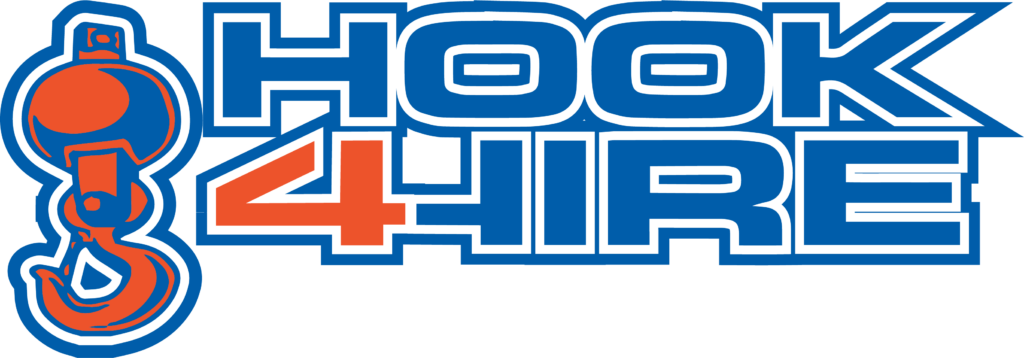A crane lift plan is a critical document that outlines the steps and procedures required to safely and successfully execute a crane lift project. It is a comprehensive document that details all the necessary information about the crane equipment, the load, and the site-specific conditions that must be considered for a successful lift operation.
The crane lift plan is not just an essential document but also a legal requirement that must be prepared before any crane lifting operation can be conducted. In this article, we will discuss why a crane lift plan is critical for a successful lift project.
Ensuring Safety
One of the primary reasons why a crane lift plan is critical for a successful lift project is to ensure safety. Crane lifting operations are inherently risky, and any mistake can lead to severe injuries, fatalities, or property damage.
A crane lift plan helps identify potential hazards and risks associated with the lift operation and provides a roadmap for mitigating them. The plan includes information about the crane’s capacity, the load weight, the rigging, and the site-specific conditions that could affect the lift’s safety.
By following the crane lift plan, all stakeholders involved in the lift operation can work together to ensure that the lift is executed safely and without incident.
Compliance with Regulations
A crane lift plan is not just a good idea but a legal requirement. Federal and state regulations mandate that a crane lift plan must be prepared before any operation occurs.
The Occupational Safety and Health Administration (OSHA) requires that a crane lift plan be developed by a qualified person knowledgeable about crane equipment operations and rigging. The person responsible for creating the plan must also understand the specific site conditions, including the terrain, weather, and potential hazards. Failure to comply with these regulations can result in significant fines, legal liabilities, and reputational damage.
Efficiency and Productivity
A crane lift plan is also critical for ensuring the efficiency and productivity of a lift project. The plan provides a structured approach to the lift operation, outlining the steps and procedures required to complete the lift safely and successfully.
By following the plan, the lift operation can be executed promptly and efficiently, reducing downtime and improving productivity. The crane lift plan also helps optimize the use of resources and equipment, ensuring that the right crane and rigging equipment is used for the lift operation.
Communication and Coordination
Another critical reason a crane lift plan is essential for a successful lift project is communication and coordination. A crane lift project involves multiple stakeholders, including the crane operator, rigging crew, site supervisor, and other workers. The crane lift plan provides a common understanding of the lift operation, ensuring all stakeholders are on the same page.
The plan also identifies the roles and responsibilities of each stakeholder, ensuring that everyone knows what is expected of them. By communicating and coordinating effectively, the lift operation can be completed safely and efficiently, reducing the risk of delays and accidents.
Conclusion
A crane lift plan is a critical document that is essential for a successful lift project. The plan ensures safety, compliance with regulations, efficiency and productivity, and effective communication and coordination. Without a crane lift plan, the lift operation can be risky, inefficient, and prone to errors and accidents. Therefore, it is essential to work with a qualified person to develop a comprehensive crane lift plan before any crane lifting operation takes place. Doing so ensures that your lift project is completed safely, efficiently, and without incident.
Obtain high-quality crane equipment to use for your lift project at Hook4Hire. Our team of professionals can also provide expert advice and support in finding a crane that fits your crane lift plan. Contact us today to learn more about our services and equipment.
